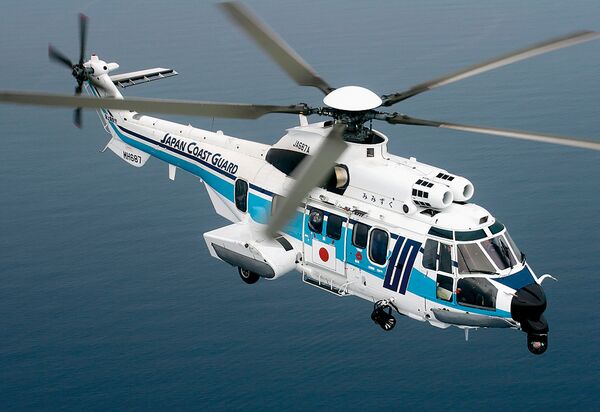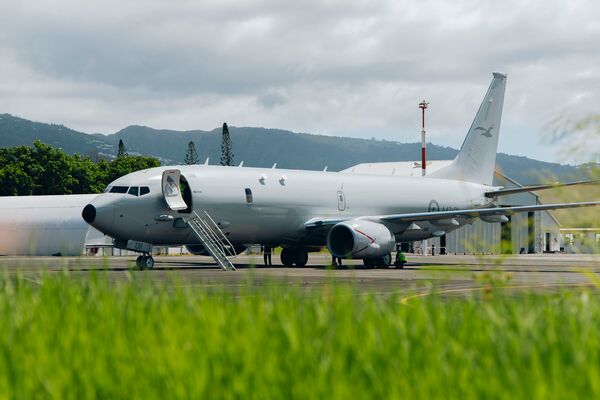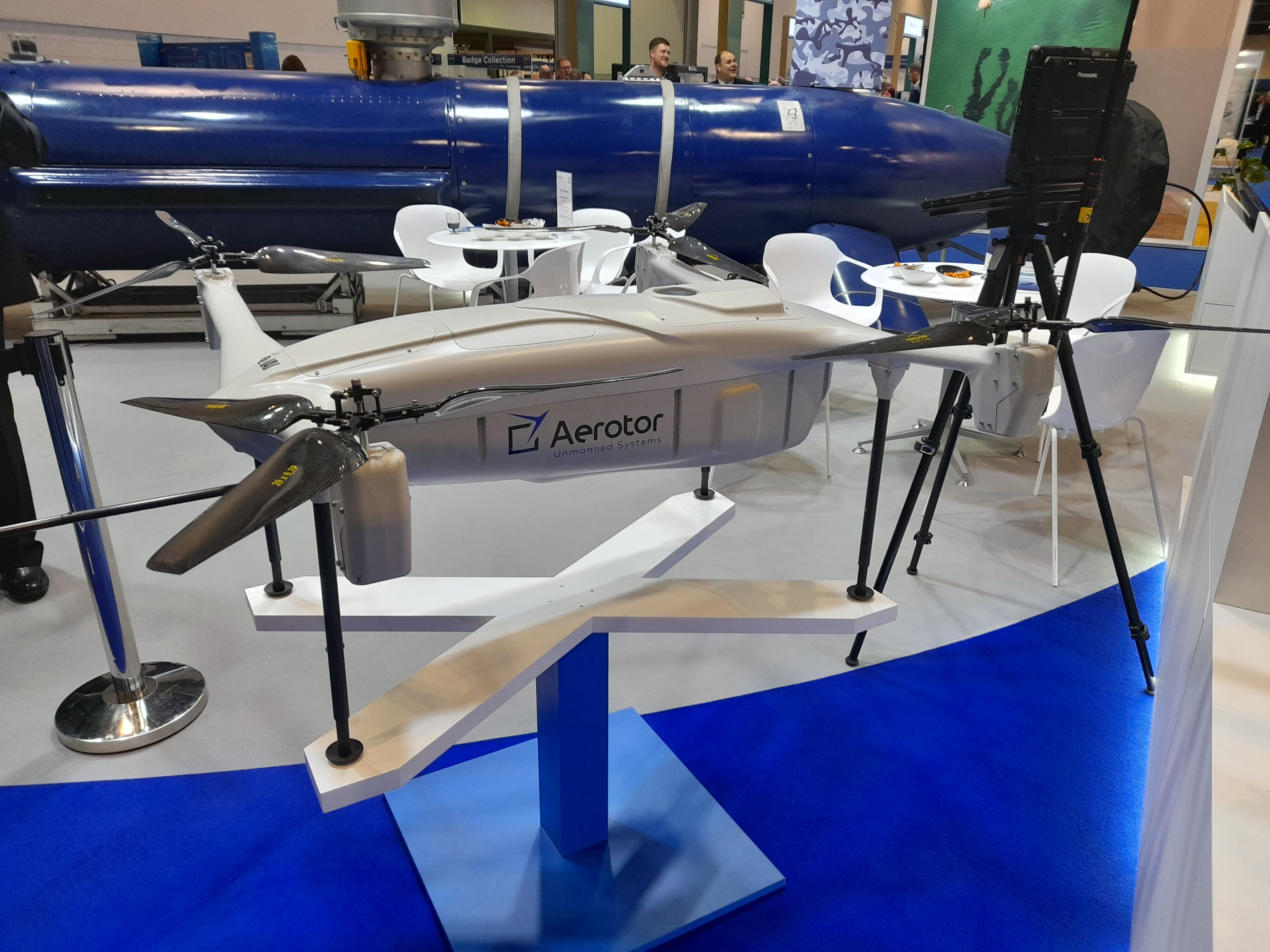- About
- Intara
- Capabilities
- Advisory
- Resources
- News
- Store
South Korea's Nuri rocket places satellites in orbit
23 June 2022
by Oishee Majumdar


South Korean rocket KSLV-Ⅱ, also known as Nuri, taking off from its launch pad at the Naro Space Center on 21 June. Nuri is the first domestically developed and launched rocket that has been able to place satellites in orbit. (Korea Aerospace Research Institute via Getty Images)
South Korea's domestically developed rocket has been able to place satellites in orbit in the second attempt.
“Nuri” or KSLV-II – launched from the Naro Space Center located in the southern province of Jeonnam – “successfully” separated and placed a “performance verification” satellite at the targeted orbit, Lee Jong-ho, South Korea's Minister of Science and ICT (information and communications technology), said at a media briefing.
The South Korean government “plans to enhance technical reliability and stability of Nuri through four rounds of additional launchings until 2027”, Jong-ho added.
According to local media reports, the Ministry of Science and ICT confirmed on 22 June that the performance verification satellite has established communication with the state-run Korea Aerospace Research Institute's (KARI's) ground station located in the city of Daejeon.
Japan Coast Guard orders three more Airbus H225 helicopters
16 April 2024
by Ridzwan Rahmat


A Japan Coast Guard H225 helicopter. The service has ordered three more airframes of the type. (Airbus Helicopters)
Japan's coastguard service has ordered three more Airbus H225 twin-engine helicopters.
This latest order brings the Japan Coast Guard's (JCG's) total H225 fleet to 18, including airframes that were acquired more than a decade ago, an Airbus spokesperson confirmed to Janes on 16 April.
Most recently, the JCG took delivery of three H225s in December 2023 and one in February 2024.
“The new helicopters will support territorial coastal activities, maritime law enforcement, as well as disaster relief missions in the country,” reads a statement issued by Airbus on 11 April to announce the latest JCG order.
“The Japan Coast Guard has been an active operator of the Super Puma family helicopters for three decades,” said Jean-Luc Alfonsi, managing director of Airbus Helicopters in Japan, in the media statement.
“We believe the H225 is the perfect choice for JCG's critical missions for law enforcement, as well as coastal and island protection, given its versatility in all weather conditions,” Alfonsi added.
Australia awards contract for P-8A upgrades
15 April 2024
by Akhil Kadidal


The Boeing P-8A is an important platform for Australia. The RAAF uses the aircraft for widespread maritime surveillance activities and for long-range submarine tracking. This photograph shows an RAAF P-8A that was deployed at Roland Garros Airport, Reunion Island, in March 2024. (Commonwealth of Australia)
Boeing has been awarded a AUD139.5 million (USD90.1 million) contract to upgrade the Royal Australian Air Force's (RAAF's) P-8A Poseidon fleet.
The contract, announced on 15 April, will deliver Increment 3 Block 2 software, systems, and sensor upgrades to the RAAF's P-8A fleet, improving their anti-submarine warfare (ASW), maritime strike, and intelligence-collection capabilities, according to Boeing.
The upgrade programme will commence from September 2026, the company said. The RAAF currently operates 12 P-8As, out of a total of 14 ordered, according to Janes inventory data.
“The first two aircraft to undergo the Increment 3 modification will be upgraded in Jacksonville, Florida,” Boeing said, adding that the remainder will be upgraded by Boeing Defence Australia at RAAF Base Edinburgh.
Two new P-8As (the balance of the order of 14) are scheduled to be handed over to the RAAF in 2024 and 2025, according to Boeing. Janes
UDT 2024: IAI/Aerotor unveil APUS 25 long-range endurance quadcopter
12 April 2024
by Kate Tringham


The APUS 25 prototype on display at UDT 2024. (Janes/Kate Tringham)
Israel Aerospace Industries (IAI) and Aerotor Unmanned Systems have joined forces to develop a novel unmanned quadcopter designed for long-range endurance missions.
The new platform, named APUS 25, was showcased for the first time at the Undersea Defence Technology (UDT) 2024 conference and exhibition, which was held in London from 8 to 10 April.
Speaking to Janes at UDT 2024, an IAI spokesperson said the vehicle incorporates new technology developed by Aerotor that promises greater flight endurance, payload carrying capacity, and manoeuvrability than comparable unmanned quadcopters on the market.
Existing multirotor unmanned aerial vehicles (UAVs) typically have electric motors for each rotor that enable them to independently change their revolutions per minute (RPMs) for manoeuvres.
The Apus concept developed by Aerotor, however, introduces a new steering method based on a central heavy fuel internal combustion engine that powers the four blades working at a fixed RPM with a variable pitch rotor system.
South Korea's domestically developed rocket has been able to place satellites in orbit in the second...
Latest Podcasts
A focus on Libya
In this podcast Janes senior analyst James Trigg, joins Harry Kemsley and Sean Corbett to discuss Libya. Historic civil and political unrest have made it a country of interest globally for decades. Whilst other conflicts and world events have fo...
Listen nowJanes Case Studies
Using Janes Intara to build a common intelligence picture: Russian build up on the Ukrainian border
View Case StudyNews Categories
 Industry Details
Industry Details